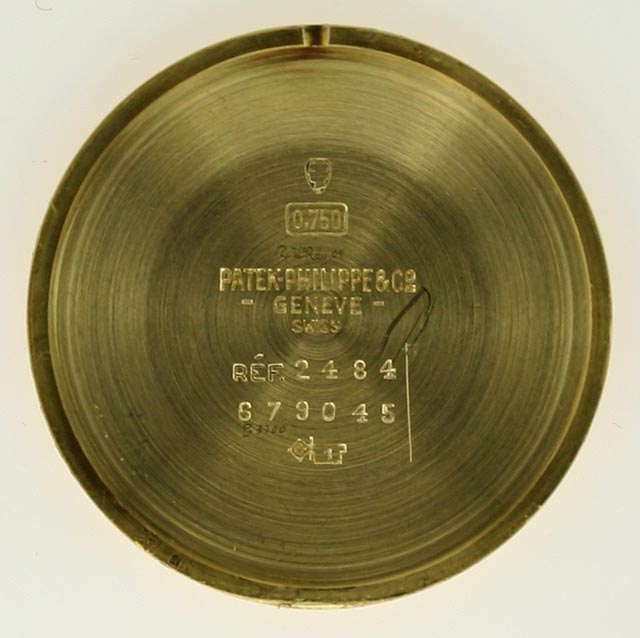Name Print Graphics Serial Number

• • • Laser printing is an process. It produces high-quality text and graphics (and moderate-quality photographs) by repeatedly passing a back and forth over a negatively cylinder called a 'drum' to define a differentially charged image.
The drum then selectively collects electrically charged powdered ink (), and transfers the image to paper, which is then heated in order to permanently fuse the text and/or imagery. As with digital, laser employ a printing process. However, laser printing differs from analog photocopiers in that the image is produced by the direct scanning of the medium across the printer's photoreceptor. This enables laser printing to copy images more quickly than most photocopiers. Invented at in the 1970s, laser printers were introduced for the office and then home markets in subsequent years by,, Xerox,, and many others. Over the decades, quality and speed have increased as price has fallen, and the once cutting-edge printing devices are now ubiquitous. Invented the laser printer (2009 photo) In the 1960s, the held a dominant position in the market.
The correct serial numbers are located on the side walls of either of PCI, PCI-E, AGP slots, or the ATX power connector on a white sticker with a barcode and numbers. (The location varies if different models) There are 3 different types of serial number: Example 1: 134 SN.
In 1969,, who worked in Xerox's product development department, had the idea of using a laser beam to 'draw' an image of what was to be copied directly onto the copier drum. After transferring to the recently formed (Xerox PARC) in 1971, Starkweather adapted a Xerox 7000 copier to create SLOT (Scanned Laser Output Terminal). In 1972, Starkweather worked with and Ronald Rider to add a control system and character generator, resulting in a printer called EARS (Ethernet, Alto Research character generator, Scanned laser output terminal)—which later became the laser printer. The first commercial implementation of a laser printer was the in 1976.
It was designed for, where it replaced attached to. The IBM 3800 was used for high-volume printing on, and achieved speeds of 215 (ppm), at a resolution of 240 (dpi). Over 8,000 of these printers were sold. The was brought to market in 1977. Unlike the IBM 3800, the Xerox 9700 was not targeted to replace any particular existing printers; but, it did have limited support for the loading of. The Xerox 9700 excelled at printing high-value documents on cut-sheet paper with varying content (e.g. Insurance policies).
In 1979, inspired by the Xerox 9700's commercial success, Japanese camera and optics company,, developed a low-cost, desktop laser printer: the Canon LBP-10. Canon then began work on a much-improved print engine, the Canon CX, resulting in the LBP-CX printer. Having no experience in selling to computer users, Canon sought partnerships with three companies: (who rejected the offer), (HP), and. Download Film Kartun Tinkerbell Subtitle Indonesia there.
The first laser printer designed for office use reached market in 1981: the 8010. The system used a that was unsurpassed in commercial sales, until the.
Although it was innovative, the Star workstation was a prohibitively expensive ( US$17,000) system, affordable only to a fraction of the businesses and institutions at which it was targeted. The first laser printer intended for mass-market sales was the, released in 1984; it used the Canon CX engine, controlled by HP software. Partition Magic Torrent Iso Wii. The LaserJet was quickly followed by printers from,, and others.
First-generation machines had large photosensitive drums, of circumference greater than the loaded paper's length. Once faster-recovery coatings were developed, the drums could touch the paper multiple times in a pass, and therefore be smaller in diameter. In 1985, Apple introduced the (also based on the Canon CX engine), but used the newly released page-description language. Up until this point, each manufacturer used its own proprietary page-description language, making the supporting software complex and expensive. PostScript allowed the use of text, fonts, graphics, images, and color largely independent of the printer's brand or resolution., written by for the Macintosh and LaserWriter, was also released in 1985 and the combination became very popular for.: 13/23: 364 Laser printers brought exceptionally fast and high-quality text printing in multiple fonts on a page, to the business and consumer markets. No other commonly available printer during this era could also offer this combination of features. Printing process [ ].
The sound of a laser printer A laser beam (typically, an (AlGaAs) ) projects an image of the page to be printed onto an electrically charged, -coated, rotating, cylindrical drum (or, more commonly in subsequent versions, a drum called an made of, an organic ). Photoconductivity allows the charged electrons to fall away from the areas exposed to light. Powdered ink () particles are then electrostatically attracted to the charged areas of the drum that have not been laser-beamed. The drum then transfers the image onto paper (which is passed through the machine) by direct contact. Finally the paper is passed onto a finisher, which uses intense heat to instantly fuse the toner/image onto the paper.